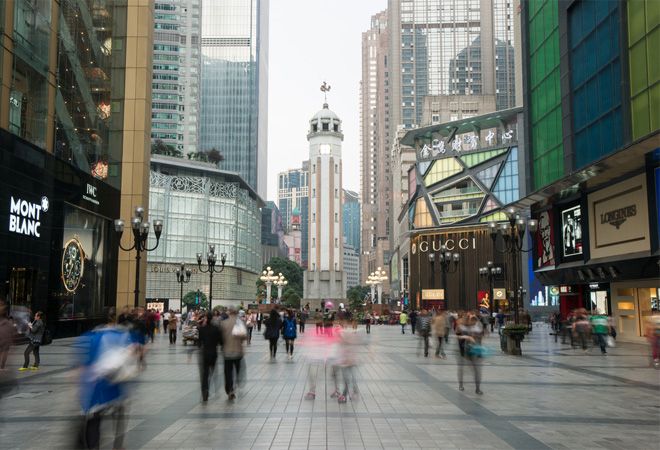China’s second-tier cities have a lot to offer Australian businesses looking to expand into the East, writes Tim Harcourt.
In the first series of The Airport Economist we went to the mega metropolis of Shanghai to see first-hand the Chinese economic miracle. We found out about the economic success of the ‘first tier’ cities with the political capital, Beijing, the commercial capital of Shanghai and Shenzhen and Guangzhou in the Pearl River Delta in the south.
In fact, the Chinese economic miracle was started in the Pearl River Delta when Deng Xiaoping decided to modernize. Shenzhen was developed as a special economic zone and joined forces with the energetic Cantonese in Guangzhou to develop a market economy. Then zones around Shanghai and Beijing developed to form the first tier of modern China urbanization. Since then the Chinese Government has developed the “One Belt One Road” (OBOR) model to open up western China to develop transport links to the rest of Asia and Europe.
This has led to opportunities for the second-tier cities as the first tier can’t absorb the huge number of rural migrants flocking to the first-tier cities. In some ways the Chinese Government is recreating the famous Silk road that enabled its traders to dominate global trade for centuries.
Places like Qingdao, Jinan, Chengdu, Chongqing, Xian, and Wuhan all have an important role to play in developing Chinese industry and pulling more Chinese workers and their families – particularly in rural parts – out of poverty. It is in these cities that China wants to take another great leap forward in economic progress.
But what is a second-tier city? The first tier is the ‘big 4’ of Beijing, Shanghai, Shenzhen and Guangzhou. The first tier only represents 9 per cent of the Chinese population despite their economic power. The second-tier cities are over 3 million people in population and $2,000 GDP per capita. There are 60 second-tier cities including all provincial capitals and main coastal cities like Qingdao which we visit in The Airport Economist series.

Chongquin business district
So, what do second-tier cities do? Some are the heartland of manufacturing as China now produces 80 per cent of the world’s air conditioners, 70 per cent of its mobile phones and 60 per cent of its shoes. But some have multiple functions. So, a city like Chongqing can have a massive car industry and sell laptops and LCD screens, Xian can have a massive aviation industry and Chengdu can host half of the world’s Fortune 500 companies including an Australian business-like Rheem.
And in Qingdao a city can be a major industrial port, the home of Tsingtao brewery, Haier whitegoods, Hisense electronics and even, Epiphone, a massive guitar factory.
But what are these second-tier cities like to do business in? Is it easier or harder than Shanghai or Shenzhen? What about resources and language? Are they the first step to a first-tier city or an alternative market in their own right?
Well, the cities are not as international as Shanghai or Beijing, but increasingly state and regional governments have helped exporters get a start in second-tier cities. For instance, in The Airport Economist, we looked at the example of Shandong and the South Australian Government which have a 30-year-old special sister state relationship. This helped SA companies like Australian Medical Travel (AMT) and CMV wines get a start in Qingdao in Shandong province. In fact, CMV Wines actually produced Shearer’s Hill wine purely for the Shandong province.
So in conclusion, there’s plenty of opportunities for businesses to look north, west and south in the second and third tier cities of China as well as to the bright lights of Shanghai. Just make sure you do your homework and take advantage of any existing government relationships like the one between South Australia and Shandong province, that has been successfully helping exporters for over 30 years.
Tim’s tips for doing business in China’s 2nd tier cities
- English is not spoken here like it is in Beijing or Shanghai – so you’ll need translation
- Second tier cities are alternative markets in their own right – not just stepping stones to the “big four” cities.
- The Government badge still matters so discover your home state’s sister provincial relationship – like Shandong and South Australia – and get to know people in the local administration.
- Take advantage of major events – government trade missions, industry trade shows, and festivals – to meet key decision makers.
- Get to learn a few cultural icons and local history – like knowing about Confucius here in his birthplace in Shandong province.
Check out www.theairporteconomist.com for further details and special offers. The Airport Economist airs on Sky News Business, Friday at 630pm and Sundays at 7pm. If you miss the show you can catch up on The Airport Economist China second-tier cities episode on the show’s website: www.theairporteconomist.com




































